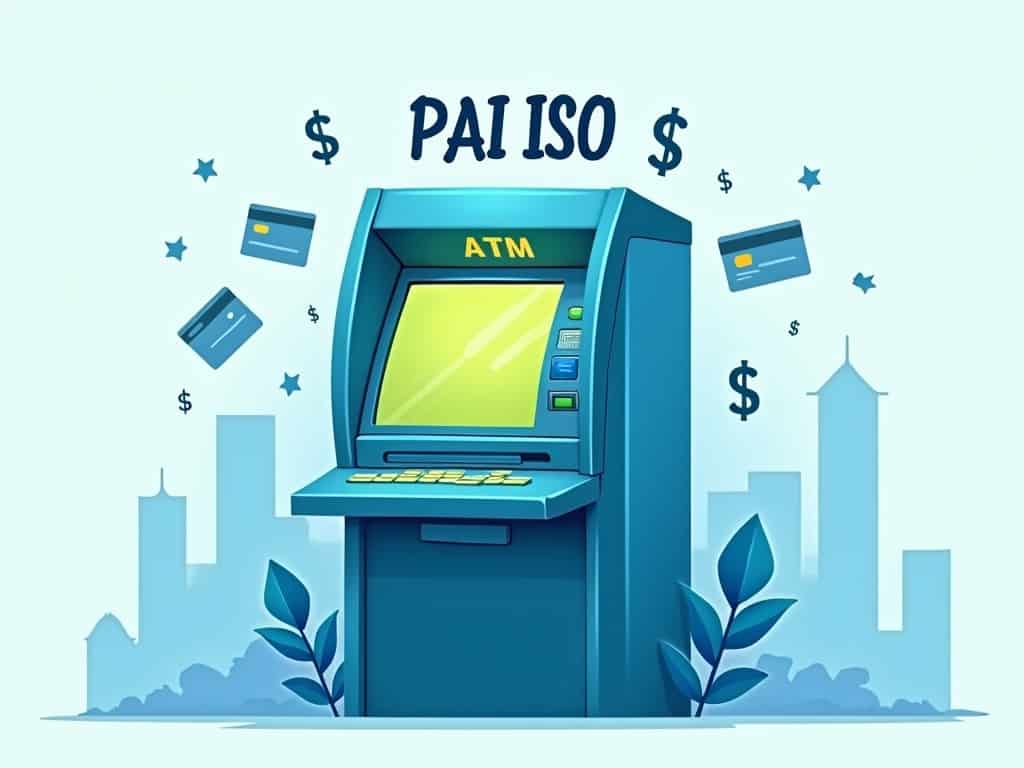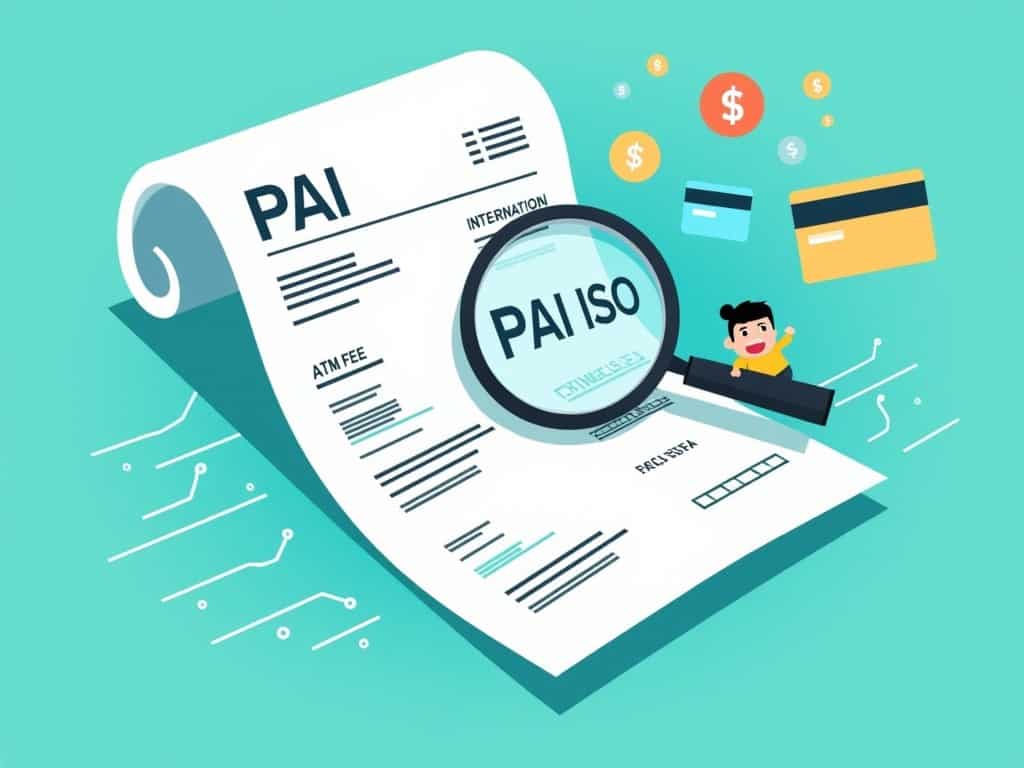Have you ever glanced at your bank statement and spotted a mysterious “PAI ISO” charge? 🤔 Don’t worry, you’re not alone. PAI ISO charges are common, but they often leave people scratching their heads. Let’s dive into what these charges are all about and why they might be popping up on your statement.
| Key Takeaways |
|---|
| PAI ISO stands for Payment Alliance International Independent Sales Organization |
| These charges usually relate to ATM transactions or merchant services |
| Understanding PAI ISO can help you manage your finances better |
| Always check unfamiliar charges to protect against fraud |
What in the World is PAI ISO?
Alright, let’s break it down. PAI ISO isn’t some secret code or a new trendy acronym. It’s actually pretty straightforward:
- PAI: This stands for Payment Alliance International. They’re a big player in the world of ATMs and payment processing.
- ISO: This part means Independent Sales Organization. It’s a fancy way of saying they work with banks and businesses to provide financial services.
Put them together, and you’ve got a company that handles a lot of the behind-the-scenes stuff when you use an ATM or swipe your card at a store.
Also read: PAI ISO: Payment Alliance International

Why Am I Seeing PAI ISO Charges?
Now, you might be wondering, “Why is this PAI ISO showing up on my statement?” Well, there are a few reasons:
- ATM Withdrawals: If you’ve used an ATM that’s not part of your bank’s network, PAI might be the company running that ATM.
- Merchant Transactions: Some stores use PAI for their payment processing.
- Service Fees: Sometimes, these charges are just fees for using certain financial services.
I remember the first time I saw a PAI ISO charge. I was fresh out of high school, living on my own, and trying to adult. 💸 I panicked, thinking someone had hacked my account! But after a quick call to my bank, I learned it was just from using an ATM at the corner store.
Also read: ACHMA VISB Charges
How These Charges Show Up
PAI ISO charges can be sneaky. They might not always have the full name spelled out. Here’s what to look for:
- “PAI” or “Payment Alliance”
- A location (like a store name or address)
- An amount that’s usually small (like $2.50 or $3.00)
Managing Your PAI ISO Charges
Want to keep these charges under control? Here are some tips:
- Use your bank’s ATMs: This can help you avoid extra fees.
- Check your statement regularly: Don’t wait for your monthly statement. Most banks have apps now, so give yours a quick look every few days.
- Ask your bank about their policies: Some banks refund ATM fees, even from other networks.
When PAI ISO Isn’t What It Seems
Here’s where things get serious. While most PAI ISO charges are legit, sometimes they’re not. 🚨 If you see a charge you don’t recognize:
- Take a deep breath. Don’t panic.
- Look back at your recent transactions. Did you use an ATM or shop somewhere new?
- If it still doesn’t ring a bell, call your bank ASAP.
Better safe than sorry, right? Your bank would much rather you call to check than ignore potential fraud.
Also read: Credit Card Dimensions
What to Do If You Don’t Recognize a PAI ISO Charge
Okay, so you’ve spotted a PAI ISO charge on your statement and you’re scratching your head. Don’t panic! Here’s what you should do:
- Take a deep breath: Seriously, it helps. Financial stuff can be stressful, but we’ve got this.
- Double-check your recent activity: Think back. Did you use an ATM recently? Maybe buy something from a small shop? Sometimes these charges pop up from places we forget about.
- Call your bank: If you’re still unsure, give your bank a ring. They can give you more details about where and when the charge happened.
- Report it if it’s fishy: If you’re sure you didn’t make the transaction, let your bank know ASAP. They’ve got procedures to handle potential fraud.
Avoiding PAI ISO Charges in the Future

Want to keep these charges off your statement? Here are some tips:
- Stick to your bank’s ATMs: They’re usually free to use.
- Plan your cash needs: Take out larger amounts less often to reduce ATM visits.
- Use your credit card: For purchases, credit cards often have better fraud protection.
- Check for fees before you swipe: Many ATMs now tell you about fees before you complete a transaction.
The Bright Side of PAI ISO
I know, charges on your account are never fun. But there’s a silver lining:
- Security: These systems help track transactions, which can actually protect you from fraud.
- Convenience: PAI ISO allows you to use ATMs and make purchases in more places.
- Transparency: At least you can see the charge! Some fees are much more hidden.
Wrapping It Up
PAI ISO charges might seem like a pain, but they’re just part of how our modern banking system works. By staying aware and making smart choices, you can keep these fees to a minimum. And hey, now you know a bit more about what goes on behind the scenes when you swipe your card or hit up an ATM. 💳💰
Remember, your money is important. Don’t be afraid to ask questions or speak up if something doesn’t look right. You’ve got this!



